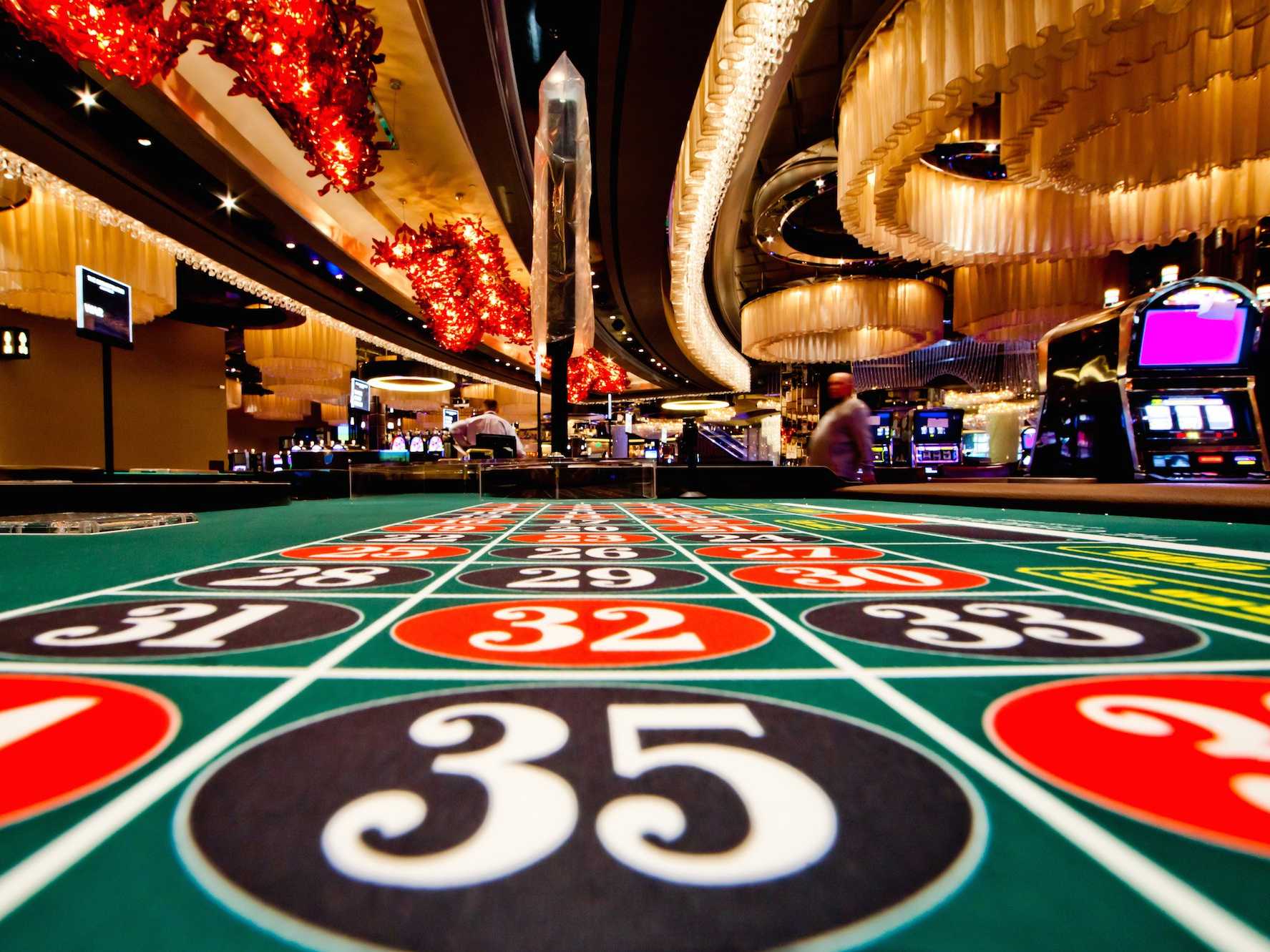Behind the Scenes: How Gambling Games Are Made

In the shadows of the shimmering illuminations plus those enticing sounds of rotating wheels lies a dynamic realm where creativity meets mathematics: the making of casino games. As players flock to casinos seeking excitement and the chance of striking it rich big, a huge amount of effort takes form behind the scenes to create these games they enjoy. From the initial concept to the ultimate product that players engage with, many elements are brought together to ensure an captivating gaming experience.
Designers, technicians, and game developers collaborate to combine innovative technology with enthralling gameplay mechanics. Every aspect, from graphics plus audio elements to probabilities plus returns, is carefully crafted to draw in players and keep them engaged. Understanding this complex process of how casino games are made reveals not only the technical skills required but also the artistic vision that transforms these immersive experiences to life.
Game Design Workflow
The design workflow starts with idea generation and concept development, where creators develop ideas for new casino games. This first phase often involves identifying potential audiences and understanding market trends. Designers take into account factors such as game mechanics, themes, and payout structures to develop an engaging experience. Teamwork between game designers, mathematicians, and artists is essential to guarantee a balanced concept.
Once a concept is chosen, the next stage entails prototyping and testing. Designers create a functional version of the game to evaluate its playability and mechanics. This allows for adjustments and refinements based on feedback from testers. Reiteration is vital, as designers may navigate multiple rounds of testing to fine-tune gameplay balance and user experience. This phase is crucial for spotting any potential issues before the game is finalized.
After testing, the game moves into the development phase and production. This comprises the technical aspects of coding the game software, integrating graphics, and ensuring compliance with gaming regulations. Quality assurance testing ensures that the game functions flawlessly across different platforms and devices. Once everything is refined, the game is prepared for launch, often accompanied by promotional tactics to attract players and generate excitement around the new casino offering.
Tech and Development
The evolution of gambling games has transformed significantly with progress in tech. Contemporary game design often features high-quality graphics, engaging sound effects, and dynamic animations that deliver a thrilling experience for players. Game developers use sophisticated software tools and programming languages to build these immersive gaming experiences. Additionally, the use of random number generators ensures fairness and unpredictability in outcomes, which is essential for ensuring player trust and compliance with gaming regulations.
In recent years, the growth of online casinos has expanded the boundaries of game development even further. Developers are now able to design games that cater to a global audience, incorporating features such as live dealer options and virtual reality environments. This transition has encouraged new ideas, leading to unique game mechanics and formats that enhance player engagement. Gaming on mobile devices has also become a key focus, encouraging developers to tailor games for mobile phones and tablets, ensuring availability and convenience for players on the go.
Collaboration among creators, artists, and mathematicians is crucial in the creation process. Each team brings their knowledge to ensure games are not only visually appealing but also statistically accurate and enjoyable. The integration of player feedback during testing phases allows developers to improve game features and functionalities, ultimately leading to a favorable launch. As technology continues to advance, the potential for new game concepts and experiences is limitless, promising an enticing future for casino games.
Evaluating and Quality Control
Once a gambling game has been developed, it moves into the critical phase of evaluation and quality control. This phase ensures that the game operates flawlessly and provides a fair experience for gamblers. Teams conduct thorough tests, including functionality checks to ensure that all game features work as intended. Each aspect, from visuals to sound effects, is evaluated to ensure high standards are met.
In addition to functionality testing, the game undergoes rigorous compliance checks to meet compliance requirements. Various jurisdictions have specific regulations governing game fairness and player protection. Quality assurance teams will check that the random number generators are working correctly and that the game's payout percentages match with market standards. This meticulous examination helps establish trust with gamblers and oversight bodies alike.
Finally, beta testing may be conducted with genuine players to obtain feedback on user experience. Bongdalu This critical insight allows developers to execute necessary adjustments before the official launch. Tackling any potential issues identified during this phase helps ensure that players will have a fluent, captivating experience when the game goes live. The commitment to quality reflects the sector's dedication to delivering enjoyable and dependable casino games.
